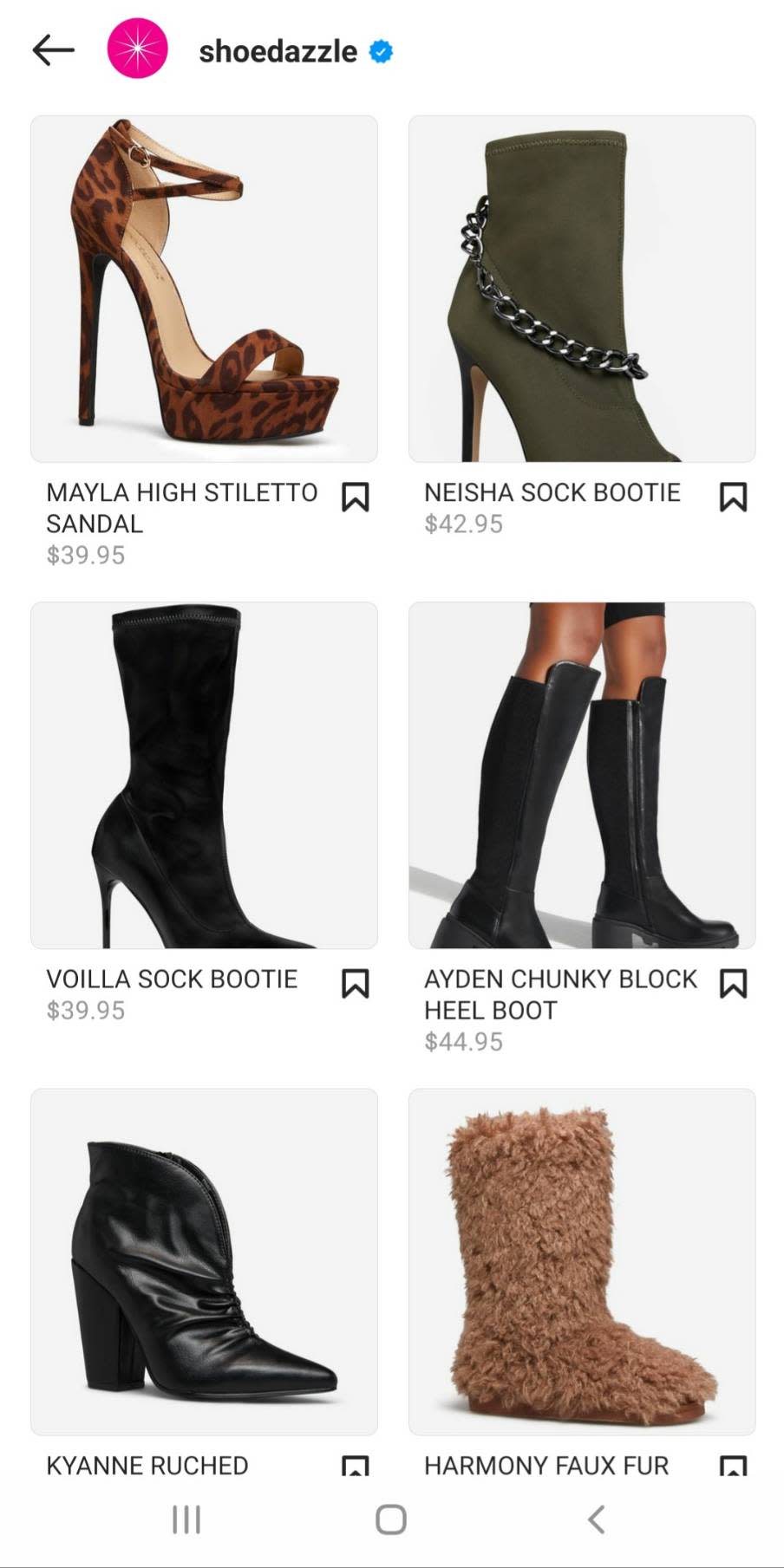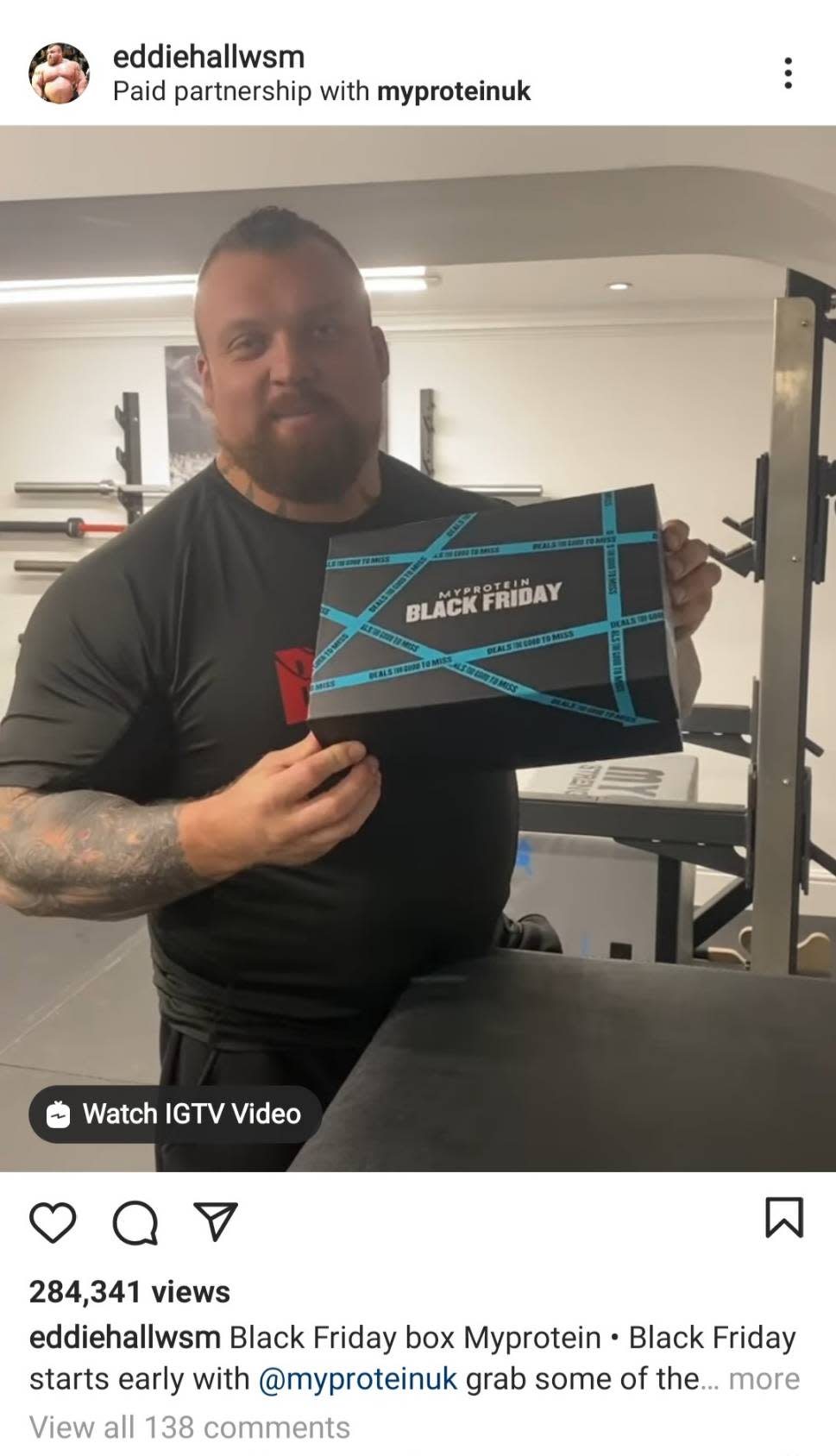Every time eCommerce closes a door, it opens a window. When you shop online, you can't touch things, test them, or take them home right away. But you can more easily compare prices, read peer reviews, and—getting to our point—use social media platforms like Instagram for inspiration and recommendations.
Of all the social media platforms, Instagram in particular can do wonders for eCommerce brands. And with 2020's massive rollout of Instagram Shopping to a wider range of businesses, it cemented its place as the social media of choice for online sellers. The question is, how can you take advantage of it?
In this guide, we explain how to use Instagram for eCommerce, with practical tips to get you started. First, let's talk a little about why Instagram is so good for online shopping and what that means for online retailers like you.
Why Instagram is ideal for eCommerce
Using social media in general is one of the best strategies for eCommerce marketing, but Instagram specifically goes above and beyond other platforms.
Its popularity alone is reason enough to use it for marketing, but the particulars of Instagram add even more incentive. Compared to other top-tier social media platforms like Twitter or Facebook, Instagram offers a lot of unique features that appeal to retailers.
Visual medium perfect for product photos
Instagram is and has always been a visual platform. Whether you're an artist, fashionista, or foodie, Instagram's photo-centric format is best for showing rather than telling. For retailers, this means all those high-quality product photos won't go to waste, especially ones with an artistic slant.
Plus, you can play around with Instagram filters to make your visuals even more engaging, or use multi-image posts to show different angles or variations. You can even shoot candids of your products in real-life settings—a must for fashion and apparel brands.

Direct channel to shoppers ages 18-34
Facebook may have the most users of all social media platforms, but not among young people. If you want to reach the demographic of ages 18-34, your best bet is Instagram.
Even more impressive is how receptive those young people are to brands. Among American teenagers, 73% say Instagram is the best way to communicate new products or promotions. That's a big leap from Twitter (20%) or the industry-leader, Facebook (12%).
Access shoppers with purchasing intent
Retailers know better than anyone the difference between shoppers who are ready to buy and those who are "just looking." Instagram is perfect if you want to forego the seduction and market straight to serious shoppers. Instagram's *#shopping* hashtag alone can get you directly into feeds of people looking to buy, let alone more specialized niche hashtags to really hone in on whom you're talking to.
Instagram Shopping makes it easy
Last but not least, Instagram Shopping makes selling online easier for both you and the shopper. The ability to tag purchasable items and allow users to check out directly on the platform streamlines the entire buyer journey and consequently increases sales/conversions.
To put it simply, every time your customer has to click away to complete a purchase, you risk losing the sale. By implementing checkout directly in Instagram, customers can buy quickly while their enthusiasm is still maxed. Having to go to an external site—especially on a mobile device—can deter an otherwise open-and-shut sale.
How to use Instagram for eCommerce
Now that you know why Instagram is better suited for eCommerce than the other social media platforms, let's talk about how retailers can use it. This guide deals with more advanced tips, but don't neglect the basics, like sticking to a central theme with your content or posting at the optimal times.
1. Create an Instagram Shop for shoppable posts
First things first, if you're serious about using Instagram for eCommerce, open an Instagram Shop. This gives you access to all the useful eCommerce features we've been talking about:
In-app shop with customizable storefront
In-app checkout for American brands
Individual product pages with multiple images and technical details
Shopping tags for both posts and stories that connect to your store page and provide product details like the price
Curated collections for gathering related products in the same place
Seamless integration with Instagram advertising
Shopping through Instagram Live broadcasts

The good news is that it's free to sign up. However, you have to satisfy all the eligibility requirements, like selling in a supported market and owning a Facebook page. You can get started right now—just follow the instructions on the Instagram Shopping setup page.
2. Advertise directly on Instagram
Content marketing, like posting on social media, is one of the strongest forms of inbound marketing. But to be truly successful in retail, you need outbound marketing too, as Charles Camisasca explains when discussing his eCommerce success with Yugenite.
Outbound marketing like advertising doesn't replace inbound marketing, but it complements it. On Instagram, you can link your posts or product pages directly to your ads, a new level of synchronicity not all social media platforms offer. American brands can even connect their ads directly to checkout, allowing for complete purchases within seconds of viewing the ad.
3. Batch and automate to save time
Instagram Shopping makes things easier, that's true—but social media marketing is never exactly easy. Even when you know what to do, it still takes time to create content and maintain a regular schedule of posts. That's why social media professionals recommend batching and automating to save time.
Basically, creating and scheduling all your posts at the same time is far more efficient than doing them individually, spread out over weeks and months. But since Instagram doesn't give you many options for planning ahead, you'll need the help of social media management apps. Or, if you use a lot of different apps to manage your business, you can use Zapier to link them all together and automatically send things to your social accounts. For example, you can automatically publish your Instagram posts on other social media and vice versa. (You can also automate your social media management apps.)
Automation isn't limited to social media either—there are plenty of eCommerce automations that free up your time to handle the more important issues of running a business.
4. Experiment with Instagram stories
Instagram Stories—the Snapchat-inspired videos that disappear after 24 hours—can be a great tool for the right retail brand. While not everyone will find their audience through Instagram stories, the medium itself is lucrative enough to at least try it and find out.
This format of social media video works best when you have a strong brand personality, either in visual style or an actual spokesperson. Stories give you the chance to speak directly to your shoppers in an engaging and interactive way, not to mention that you can link them directly to your Instagram Shop product pages.
If you're willing to give it a try, we recommend using custom Instagram stickers, particularly your brand logo or the logo of the products you're selling. This guide explains how to make them yourself.
5. Engage with the community
One of the biggest mistakes digital marketers make with social media is that they treat it like a promotional tool. To be clear, social media is a promotional tool—but that doesn't mean you should treat it like one! You'll get a better response from your shoppers if you use it as intended: for socializing and engaging with a like-minded community.
Even if you're using Instagram primarily for business, you can still like and comment on people's posts as you would with a personal account. This forges stronger, more human relationships with your customers, allowing you to joke around with them, answer their questions straight away, and let them feel heard.
As always, stick within your niche and engage mostly with your target community. You don't want to spread yourself too thin with people not interested in your products.
6. Encourage branded content from customers and influencers
Most users take self-promotion with a grain of salt, especially younger ones who are extra-skeptical about branded content. It's always best to add a chorus of testimonials to back up your own claims—for social media, that means eliciting posts from both influencers and your customers themselves.

Influencers in particular are great for retail marketing. Not only do they have built-in audiences in the thousands, but also their endorsement comes with a vote of confidence. Their followers trust their recommendations—that's largely why they follow them. Even if your brand isn't big enough to work with the top influencers, you can still use small-scale marketing tactics, for example, pairing with micro-influencers. In fact, here's a story about how one brand was able to partner with influencers with zero budget.
Another effective technique is to encourage people to post about your products through contests or promotions. A common one is the giveaway, where contestants have to post pictures of themselves using your products to enter. Be sure to rally together all these posts with a relevant hashtag, preferably including your brand name.
A new way to sell
The features of Instagram Shopping may be relatively new, but they've been a long time coming. People have been discussing and recommending products online since the beginning of social media, so the next logical step is buying those products right then and there. Any online retailer should welcome Instagram Shopping with open arms because it's more in line with modern customers' preferences—and the customer is always right.





